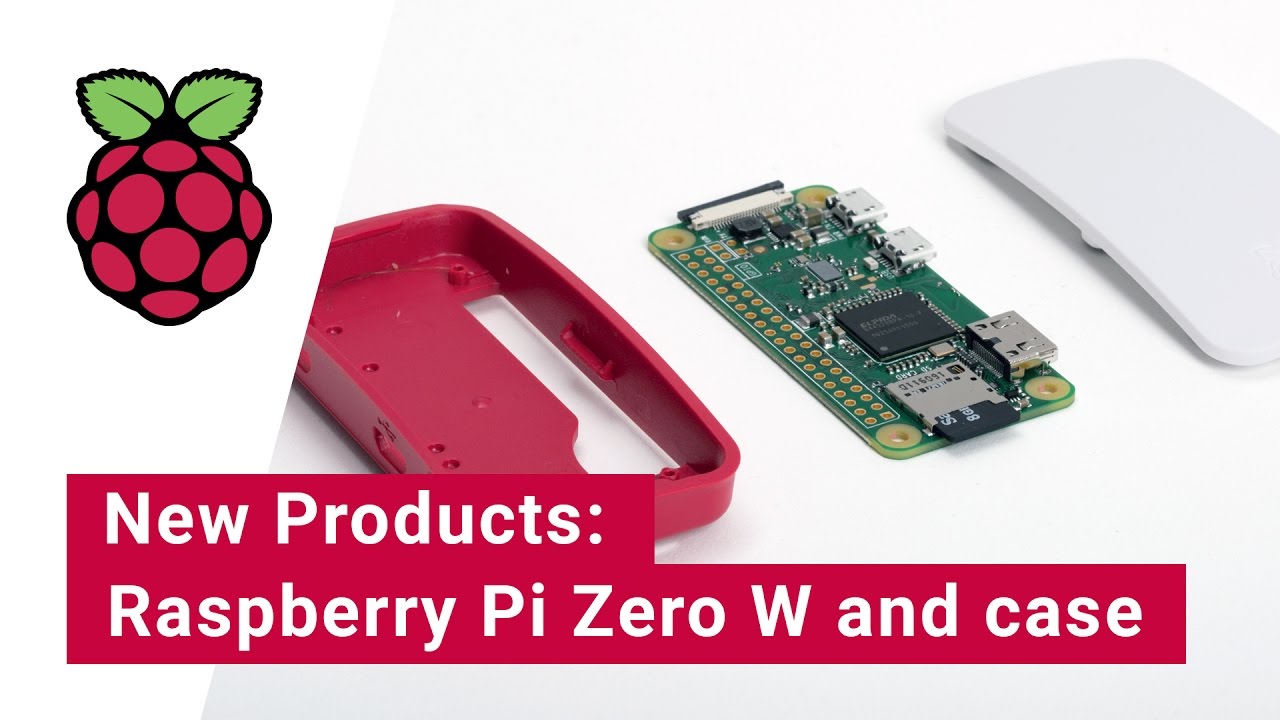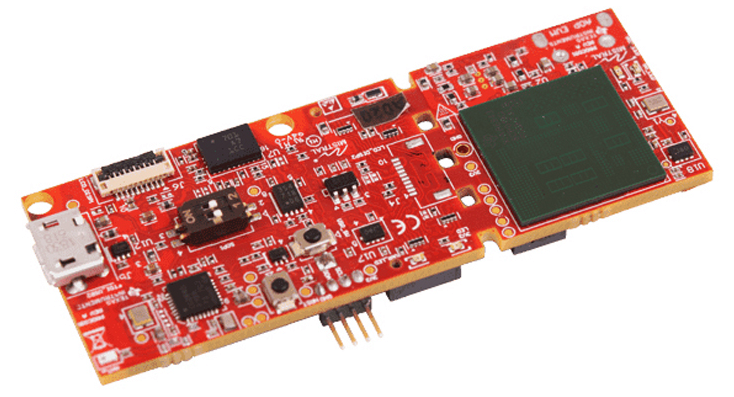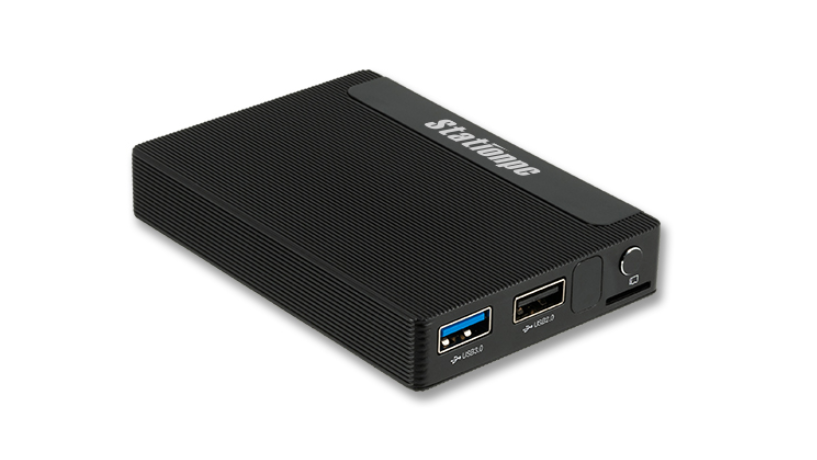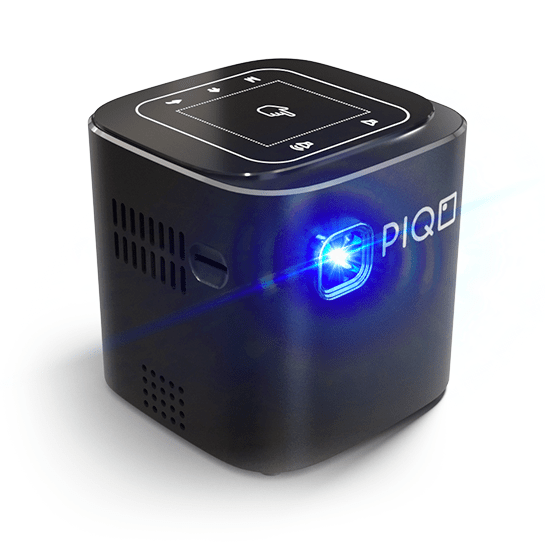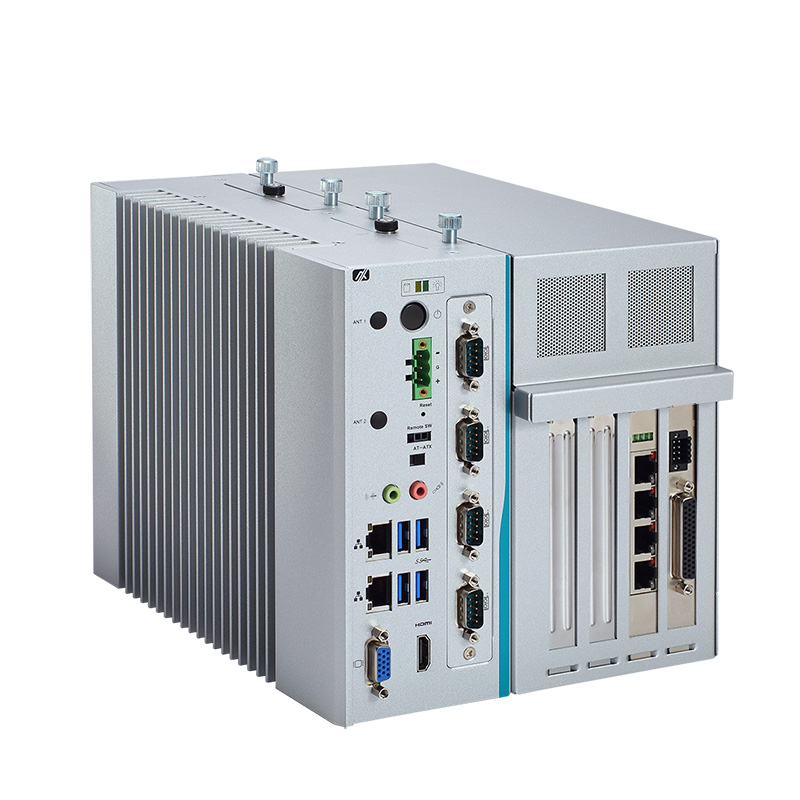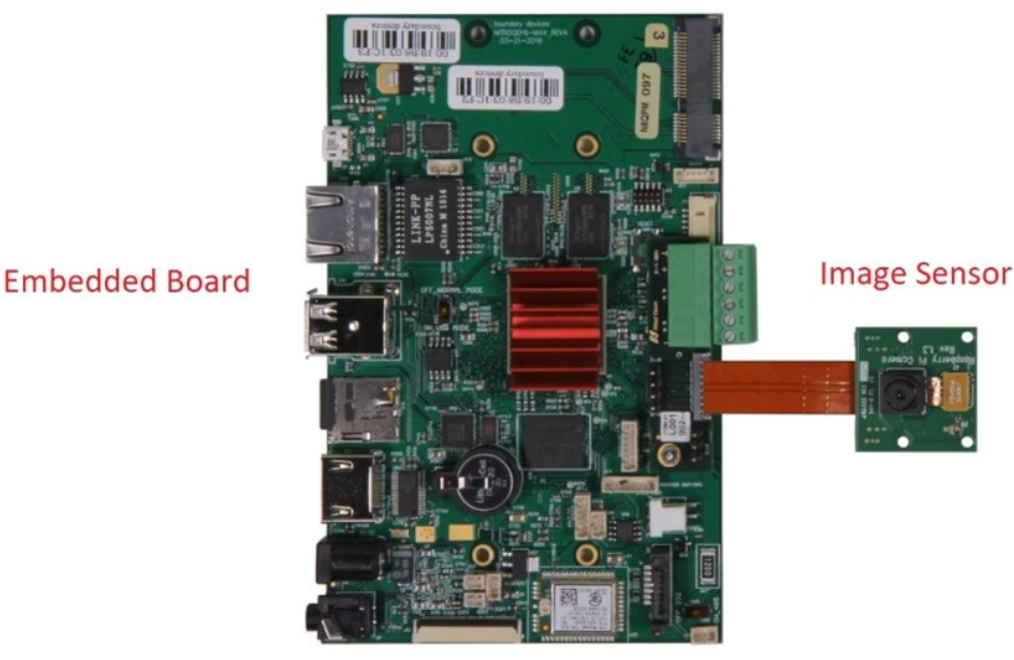
MIPI CSI-2 v4.0 to Augment Always-On, Low Power Computer Vision Applications
MIPI Alliance has just announced the launch of the latest MIPI CSI-2 v4.0 interface. It adds features for environmental monitoring, multi-pixel compression and RAW28 color depth for safety-critical applications. Before understanding v4.0, let’s take a look at what MIPI CSI-2 is and its existing versions.
MIPI CSI-2 is a camera interface that connects an image sensor with an embedded board to control and process the image data. This helps the sensor and embedded board to act together like a camera system to capture images.
How does CSI-2 Protocol Work?
In a computer vision application, the image sensor captures and transmits an image to the CSI-2 host processor/SoC. The image is placed in the memory as individual frames. Each image frame is broken down into packets that include data format and error correction code (ECC) functionality. A single packet travels through the D-PHY layer and is split further according to the number of virtual channels. On the receiver end, the receiver is provided with a D-PHY physical layer for image extraction and error correction.
CSI-2 Protocol Timeline and Features
CSI-2 offers a maximum bandwidth of 6 Gbps, with an attainable bandwidth of 5 Gbps. MIPI CSI-2 supports high-resolution imaging. It can easily transmit images and videos in 1080p, 4K, and 8K formats. It is suited for both single and multi-camera implementations.
The MIPI CSI-2 v1.0 specification was released in 2005. MIPI CSI-2 is divided into the following layers: Physical Layer (C-PHY/D-PHY), Lane Merger Layer, Low-Level Protocol Layer, Pixel to Byte Conversion Layer and Application Layer
In April 2017, the CSI-2 v2.0 specification was released. It brought support for RAW-16 and RAW-20 color depth, increased virtual channels from 4 to 32, Latency Reduction and Transport Efficiency (LRTE), Differential Pulse-Code Modulation (DPCM) compression and scrambling to reduce Power Spectral Density.
RAW is the format of the image captured by the sensor without any processing. 16 or 20 is basically the number of bits per channel. Ex – An 8-bit camera can capture 2^8=256 different tonal values, by permutation and combination in each of the Red, Green and Blue channels. That makes a total of 256 X 256 X 256 = 16.7 million colors. Hence, in simple terms, MIPI CSI-2 v2.0 has the ability to transmit RAW-16 or 20 images to the CSI-2 host as per industry requirements.
Also, increasing the number of virtual channels from 4 to 32 augments the image transmission capabilities as a higher number of packets can be transmitted at the same time. This and Latency Reduction and Transport Efficiency (LRTE), Differential Pulse-Code Modulation (DPCM) compression makes CSI-2 v2.0 especially useful for use cases like Advanced Driver Assistance Systems (ADAS). CSI-2 v2.0 features are literally suited to transmit different inputs from multiple sensors with varying ranges and intensity.
MIPI CSI-2 v3.0 was released in 2019 and came with support for RAW-24 color depth.
CSI-2 v4.0 – More with less
Building on the machine awareness capabilities introduced in MIPI CSI-2 v3.0, v4.0 adds features to reduce lower power consumption, bandwidth demand and hence improving the ability to process better quality image input.
MIPI CSI-2 v4.0 is the first to support transmission of CSI-2 image frames over the low-cost, low-pin-count MIPI I3C/I3C basic two-wire interface. Some of the new features introduced by MIPI CSI-2 v4.0 are AOSC, Multiple-Pixel compression(MPC) and RAW-28 pixel encoding. Just like RAW 16 or 24, RAW 28 is the new pixel encoding supported by MIPI CSI-2 v4.0 for transmission of images of greater HDR to the processor for safety-critical operations like ADAS.
Another very important enhancement is the Always-On Sentinel Conduit or AOSC. This enables the image frame streaming from image sensor to VSP over a low-power MIPI I3C bus. This enables monitoring of the surrounding and triggers the host CPUs only when significant events happen, to save power.
Another important feature is the MPC or Multi-pixel compression. MPC reduces the bandwidth demand by compressing multi-pixel and standard Bayer CFA images with better efficiency. Hence, you can use the latest image sensors with high HDR image output without proportionally increasing the bandwidth.
To top it all off, CSI-2 v4.0 is backward-compatible with all previous versions of the MIPI specification.






